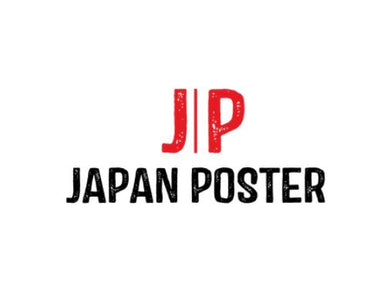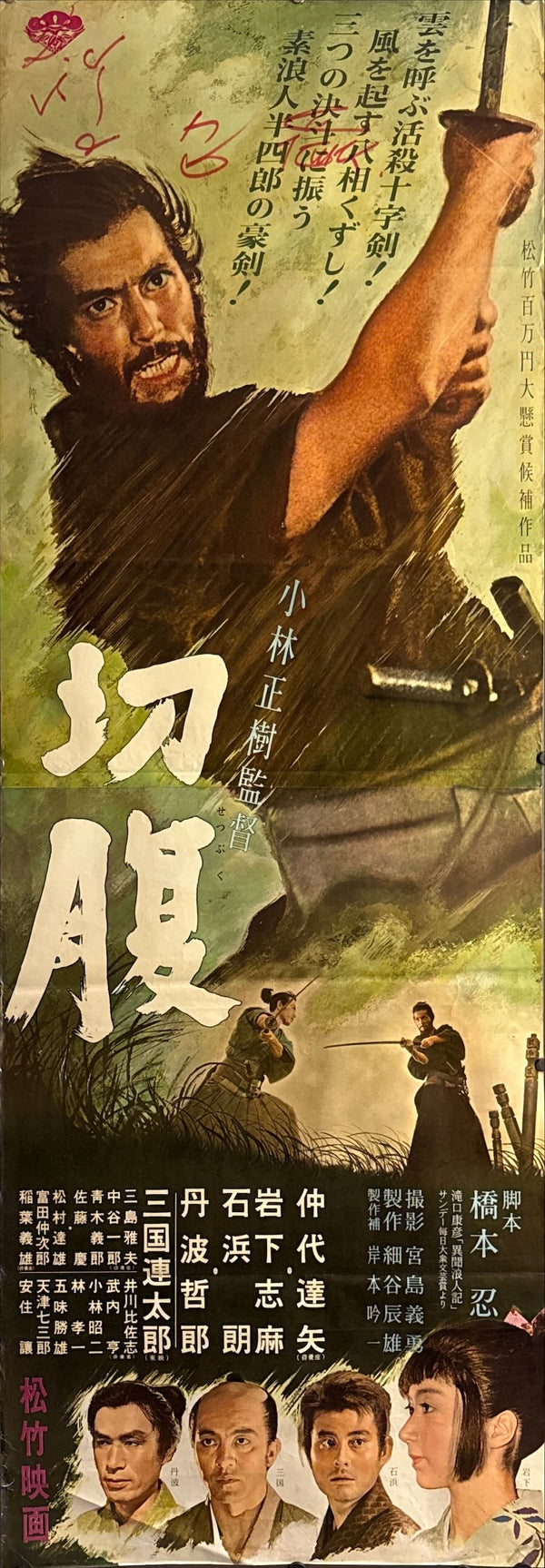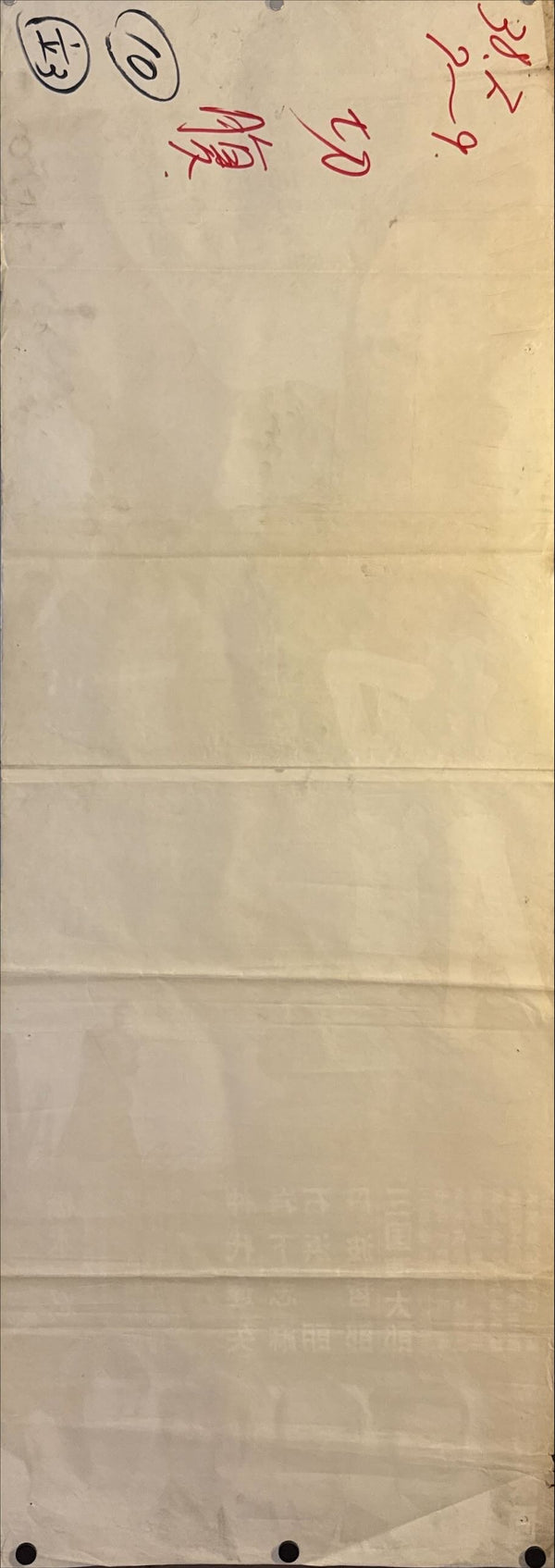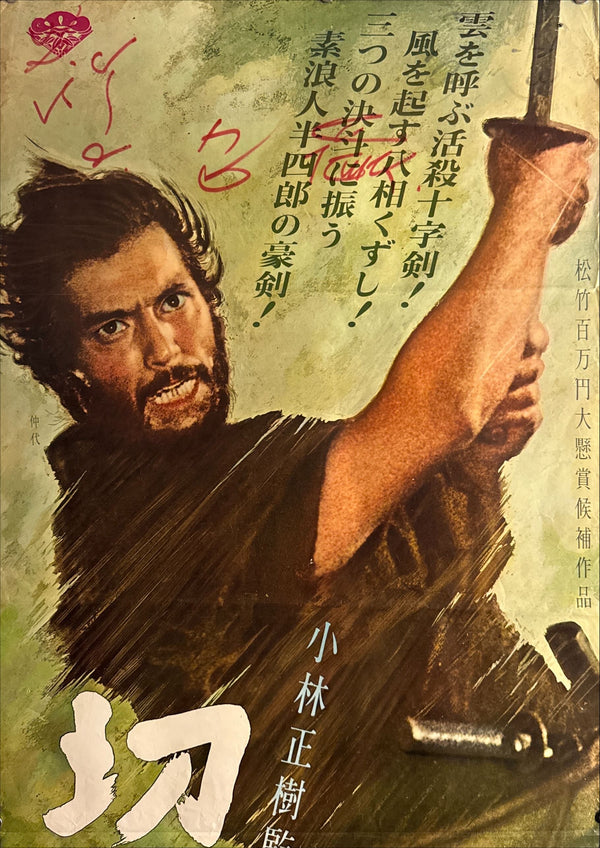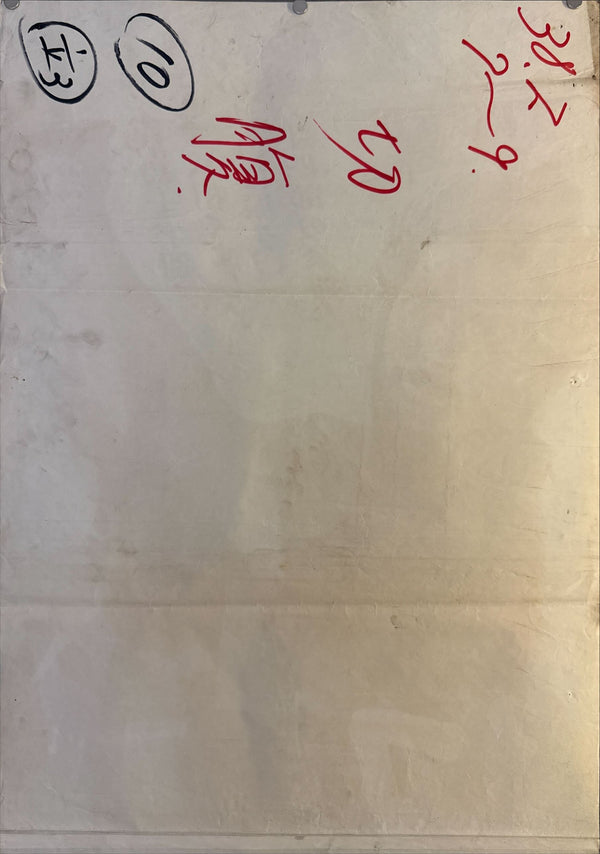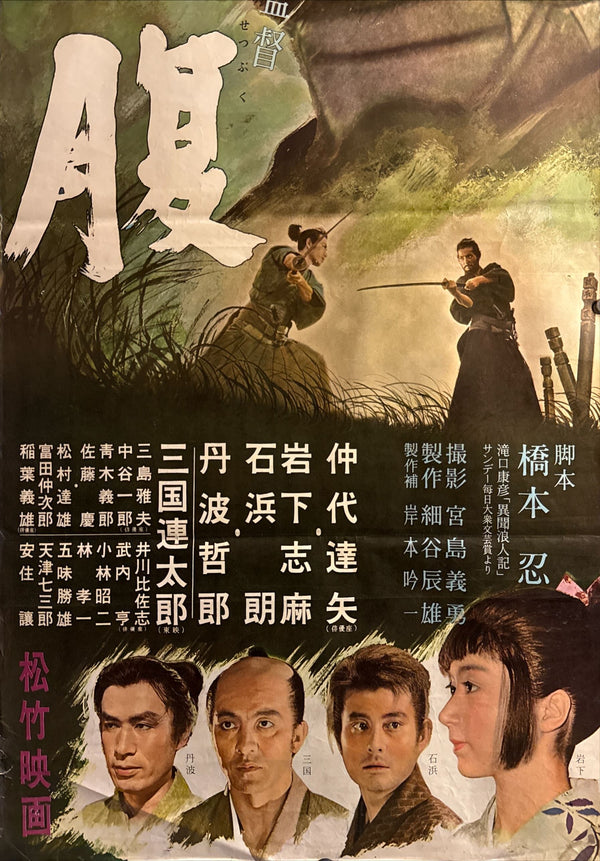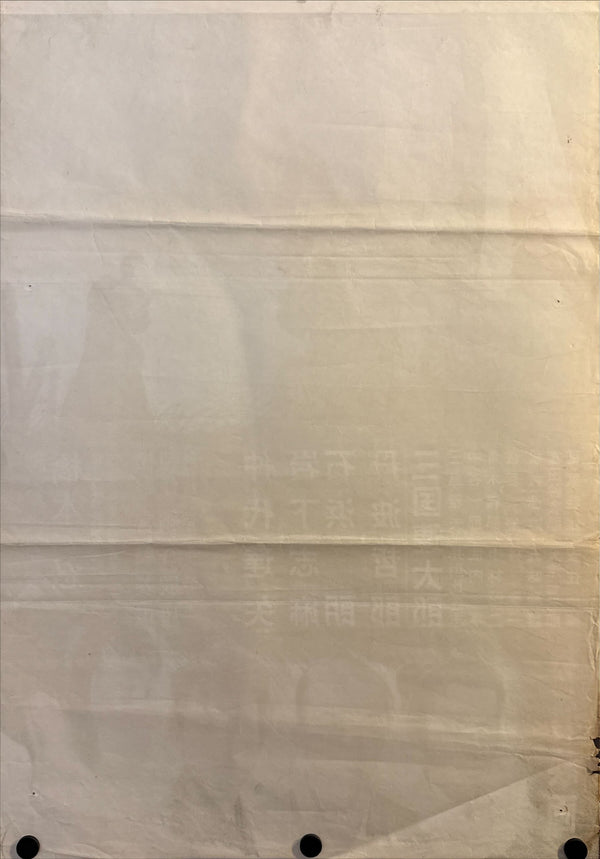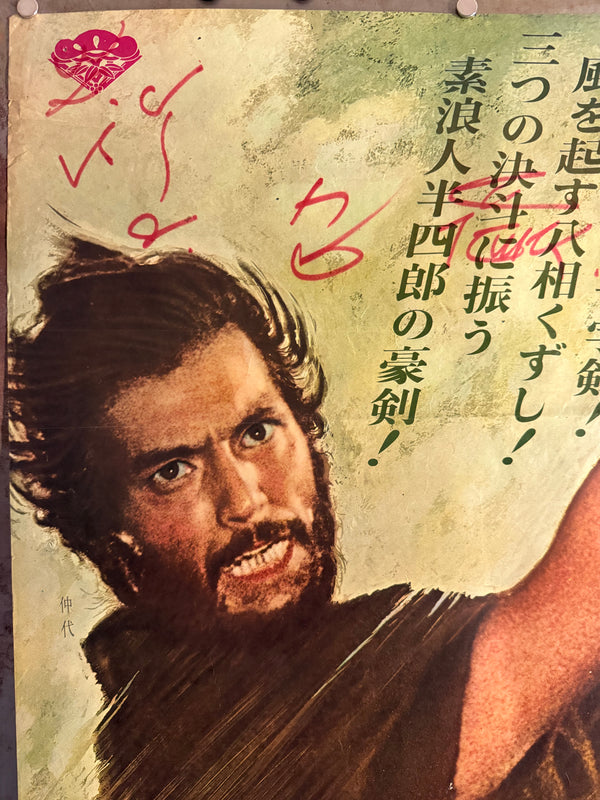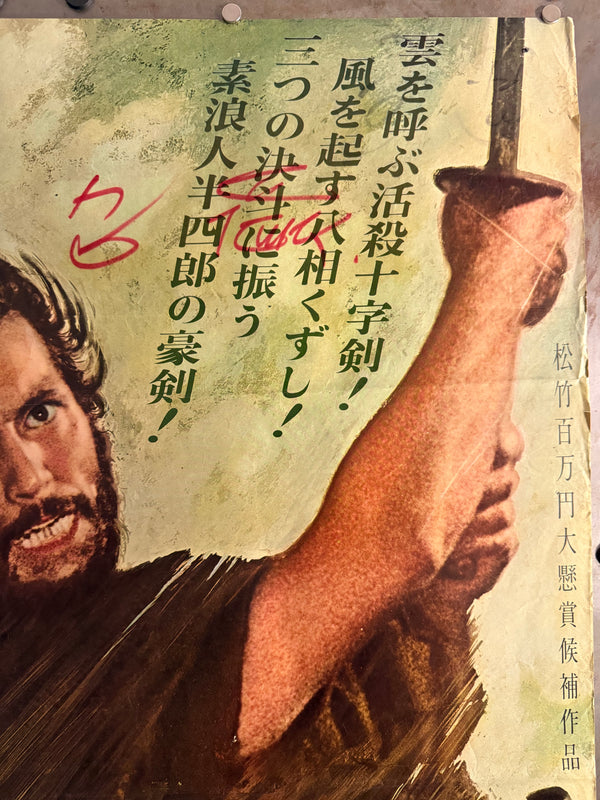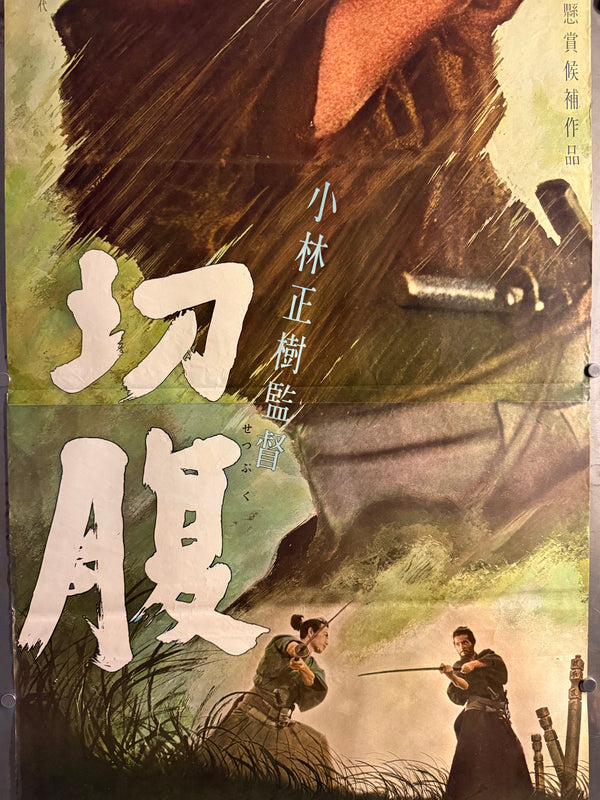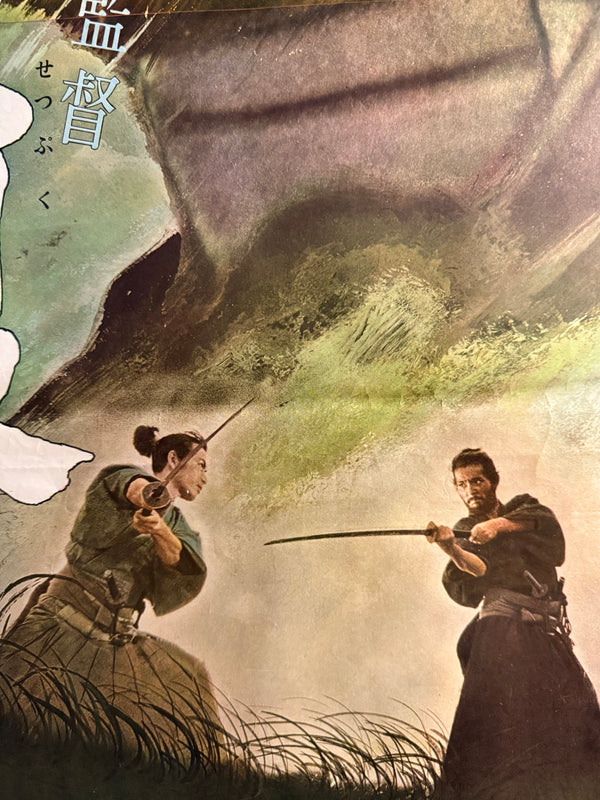
"Harakiri" (Seppuku - 切腹), Original First Release Movie Poster 1962, Ultra Rare, STB Tatekan Size (c.51 x 145 cm)
「切腹」Harakiri (Seppuku) — Original Japanese STB / Tatekan (51 × 145 cm) — First release 1962 — Ultra‑Rare
Format: STB two‑sheet vertical (c. 20 × 57 in / 51 × 145 cm)
Country / Studio: Japan / Shochiku (松竹映画)
Technique: Offset lithograph, multi‑colour inks on theatrical stock
Authentication: Guaranteed 100% original first‑release Japanese poster. Certificate of Authenticity included.
Why this is a trophy piece
-
Harakiri is a pinnacle of Japanese cinema. Masaki Kobayashi’s 1962 masterpiece remains one of the most acclaimed jidaigeki ever made—famous for its ferocious critique of feudal hypocrisy and its precision choreography and structure.
-
STB tatekans almost never survived. These tall two‑panel posters were intended to be pasted to wooden street stands at theatre entrances and along busy streets. They were exposed to weather, swapped out frequently, and nearly all were discarded. This is the first Harakiri STB we have ever handled—a genuine survivor and a major format/title pairing. Due to this poster`s very good / excellent condition, it was definitely displayed indoors and protected from the elements!
-
Design built for “street distance.” The upper panel explodes with a storm‑whipped portrait and raised blade; the lower panel stages a windswept duel across field grass. Monumental brush‑stroke title work (切腹) tears across the design. It has tremendous wall power and frames superbly.
About the film
Directed by Masaki Kobayashi, Harakiri is a masterwork of jidaigeki (period drama) cinema. Set during the Tokugawa shogunate between 1619 and 1630, it follows the gripping tale of a rōnin, Hanshirō Tsugumo, who requests to commit seppuku in a feudal lord’s estate. What unfolds is a scathing critique of samurai honor and societal hypocrisy. It remains one of the most critically acclaimed Japanese films ever made, praised for its cinematography, structure, and philosophical depth.
Condition
Due to this poster`s very good / excellent condition, it was definitely displayed indoors and protected from the elements! Unrestored, not linen‑backed; an honest survivor with bright, saturated colour and huge presence.
Summary
-
Original 1962 Japanese release—not a reprint.
-
Ultra‑rare STB tatekan (51 × 145 cm).
-
Over 63 years old.
-
Certificate of Authenticity included.
On‑poster translations (front)
Main title (giant white brush letters):
-
切腹(せっぷく)— Seppuku (Harakiri).
Right border (small black vertical):
-
松竹百万円大懸賞候補作品 — A Shochiku “Million‑Yen Grand‑Prize” nominee.
Center right (light‑blue vertical):
-
小林正樹監督 — Directed by Masaki Kobayashi.
Far right, blue credits column:
-
脚本 橋本 忍 — Screenplay: Shinobu Hashimoto.
-
滝口康彦『異聞浪人記』サンデー毎日大衆文芸賞より — Based on Yasuhiko Takiguchi’s “Ibun Rōnin‑ki” (winner of the Sunday‑Mainichi Popular Literature Prize).
Top copy (green vertical advertising lines):
-
雲を呼ぶ活殺十字剣! — The cloud‑calling, life‑and‑death cross‑slash!
-
風を起す八相くずし! — The wind‑raising “hassō‑kuzushi” stance!
-
三つの決斗に振う — Brandished in three decisive duels—
-
素浪人半四郎の豪剣! — the mighty blade of the rōnin Hanshirō!
Lower billing (large white characters in two stacks):
-
仲代達矢 石浜朗 丹波哲郎 三国(三國)連太郎 岩下志麻
(Tatsuya Nakadai, Akira Ishihama, Tetsurō Tamba, Rentarō Mikuni, Shima Iwashita — as printed on the poster) -
Additional vertical cast lists at left include further Shochiku players (佐藤慶 ほか).
-
松竹映画 (bottom left, purple) — Shochiku Motion Pictures.
Notes on style: the ad copy uses older character forms (e.g., 決斗) and exuberant exclamation punctuation typical of early‑1960s street posters.
Back‑of‑poster cinema notations (pen/marker)
These are the theatre’s working notes—typical for STBs which were handled and rotated indoors / outdoors:
-
Red felt‑tip (right side): our best reading is 「38.2・7–9」 — “Showa 38 (1963, Feb 7–9” (booking/play dates).
-
Red felt‑tip (center): 切腹(せっぷく)— Seppuku
-
Black felt‑tip (upper left): two circled numerals 「10」 and 「立3」; these look like stand/sequence numbers used by the cinema to route posters to a given K‑stand.
Because these were quick, utilitarian notes written at speed, some pen shapes are ambiguous; the readings above reflect standard exhibitor practice and the legible portions of the writing. They add terrific period character and provenance to this street‑used example.
